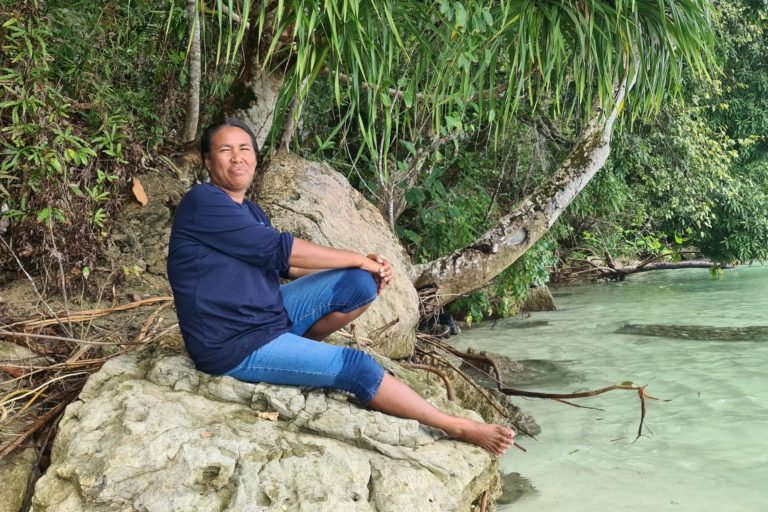- Rosneft, a giant Russian government oil and gas company, has bought drilling rights to 16 blocks in the vast area of intact rainforest in the western part of Brazil’s Amazon region. A planned highway would give access directly to three of these blocks, and branch roads would be likely to be built to the other Rosneft blocks, opening the area to invasion by landgrabbers, squatters, loggers and others.
- Vladimir Putin appointed as Rosneft’s CEO a close friend who is considered to be the most powerful person in Russia after Putin himself. Putin views Rosneft as his personal property according to the exiled oligarch who had formerly been “Putin’s banker.”
- Building the BR-319 and AM-366 highways would financially benefit Putin’s associates (and either directly or indirectly Putin himself). Rosneft is capable of influencing Brazilian authorities to prioritize these highways. It is unknown what was discussed about “energy” when Brazilian President Jair Bolsonaro met with Putin in Moscow for three hours just before the invasion of Ukraine.
- This post is a commentary. The views expressed are those of the author, not necessarily Mongabay.
Brazil’s plan to open vast areas of Amazon forest to the entry of deforesters via Highway BR-319 (Manaus-Porto Velho) and associated side roads such as AM-366 is undoubtedly the planned infrastructure project with the greatest environmental consequences in Amazonia today (see here, here, here, here and here). One of the “elephants in the room” regarding these developments is their financial value for Russian president Vladimir Putin. On 16 February 2022, eight days before Russia invaded Ukraine, Brazilian president Jair Bolsonaro met with Putin for three hours in Moscow (Figure 1), and one of the agenda items was “energy.” Nothing is publicly known about what was discussed on this topic, much less what may have been communicated between the lines. Nevertheless, the financial interests of President Putin are a relevant part of the background surrounding Amazonia’s most damaging planned projects.
BR-319 is a highway built by Brazil’s military dictatorship in the early 1970s that was abandoned in 1988. Reconstructing the highway would allow land grabbers (grileiros), squatters (posseiros), organized landless farmers (sem terras), loggers, ranchers, land speculators and other actors to move from the “arc of deforestation” in southern Amazonia to areas already connected to Manaus by road and to the vast areas that would be opened by side roads branching off BR-319 (Figure 2). Since 2015 a “maintenance” project has been gradually improving BR-319, but the planned “reconstruction” project is awaiting approval of its environmental impact study.
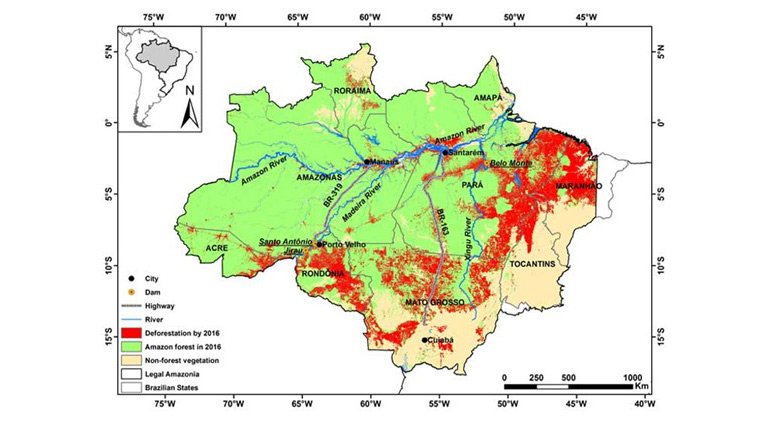
The giant “Solimões Sedimentary Basin” oil and gas project planned to the west of BR-319 has enormous potential consequences, especially as a motivation for road construction into the last great intact stand of Brazil’s Amazon forest. AM-366, a planned road branching off BR-319, would pass through part of the oil and gas project, which encompasses an area larger than the US state of California (Figure 3). The blocks in this project (the small brown squares in Figure 3) that lie directly on the path of AM-366 are among the 16 blocks for which drilling rights have already been sold to Rosneft, the giant Russian oil and gas company (see DNIT, 2020, Apurinã, p. 106). Rosneft is notorious for its environmental impacts, and Greenpeace-Russia accuses the company of causing over 10,000 oil spills around the world. The money and influence of a company the size of Rosneft mean that it is likely to be able to convince federal and state governments in Brazil to prioritize building roads that benefit its operations, such as BR-319 and AM-366.
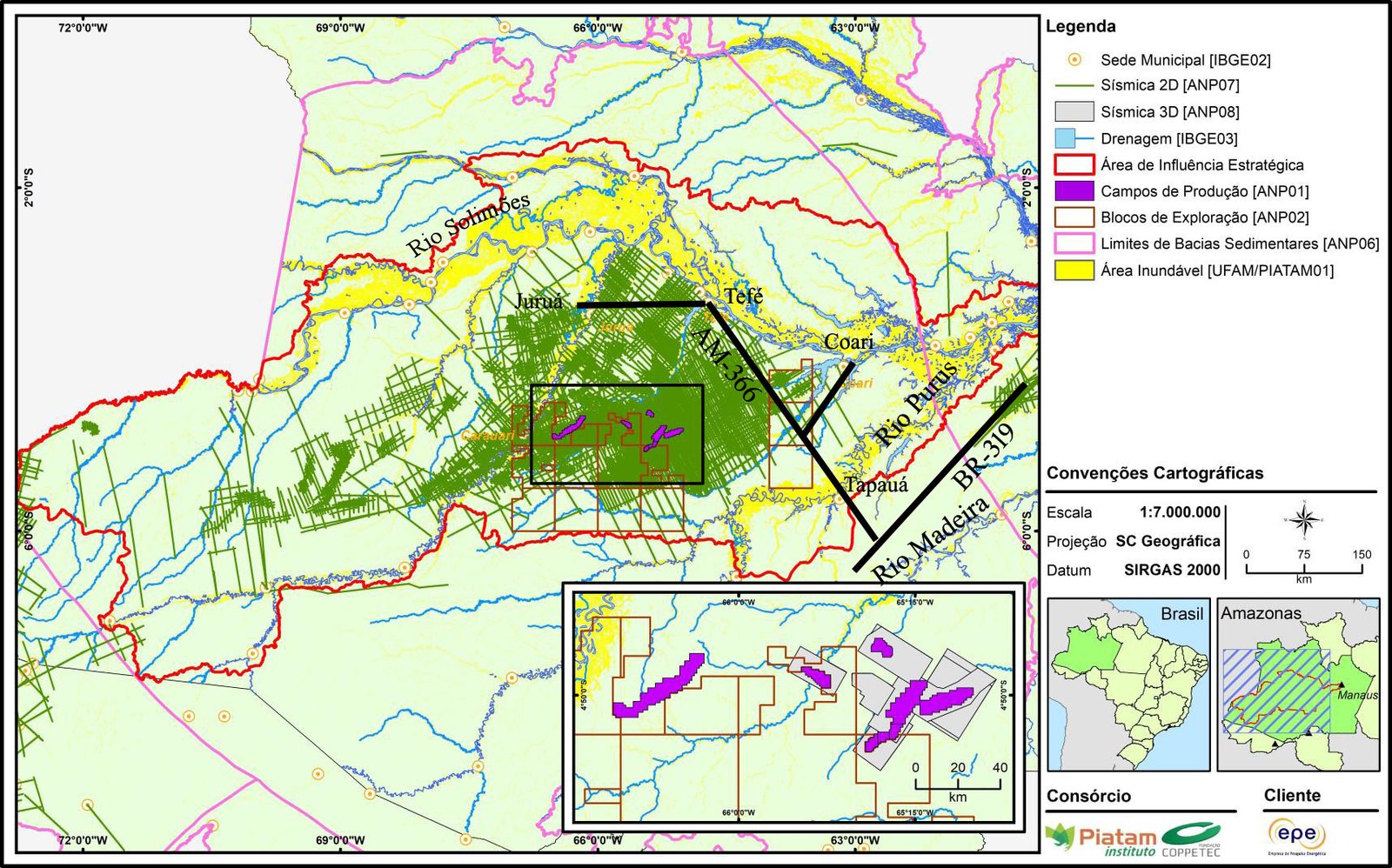
Rosneft CEO Igor Sechin is a close friend of President Putin (Figure 4) and is considered to be the second most powerful person in Russia, only surpassed by Putin himself. Putin’s appointing him to head Rosneft also made this former KGB agent into one of Russia’s richest oligarchs (Figure 5). The personal financial interest in BR-319 and AM-366 of President Putin’s closest associate (see here and here) is in addition to the reported financial benefit to Putin himself. The exiled former oligarch Sergei Pugachev, who while in Putin’s favor had been known as “Putin’s banker,” has stated the following: “Everything that belongs to the territory of the Russian Federation Putin considers to be his. Everything – Gazprom, Rosneft, private companies. Any attempt to calculate it won’t succeed. He’s the richest person in the world until he leaves power.” Despite Rosneft belonging the Russian government on paper, if President Putin views the company and its profits as part of his personal property, then the conflict of interest extends to discussions of Rosneft’s plans in Amazonia.
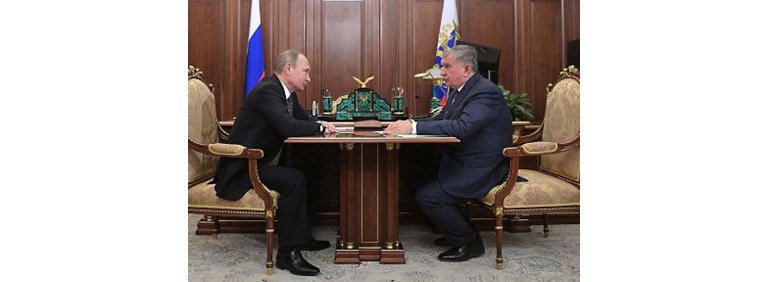
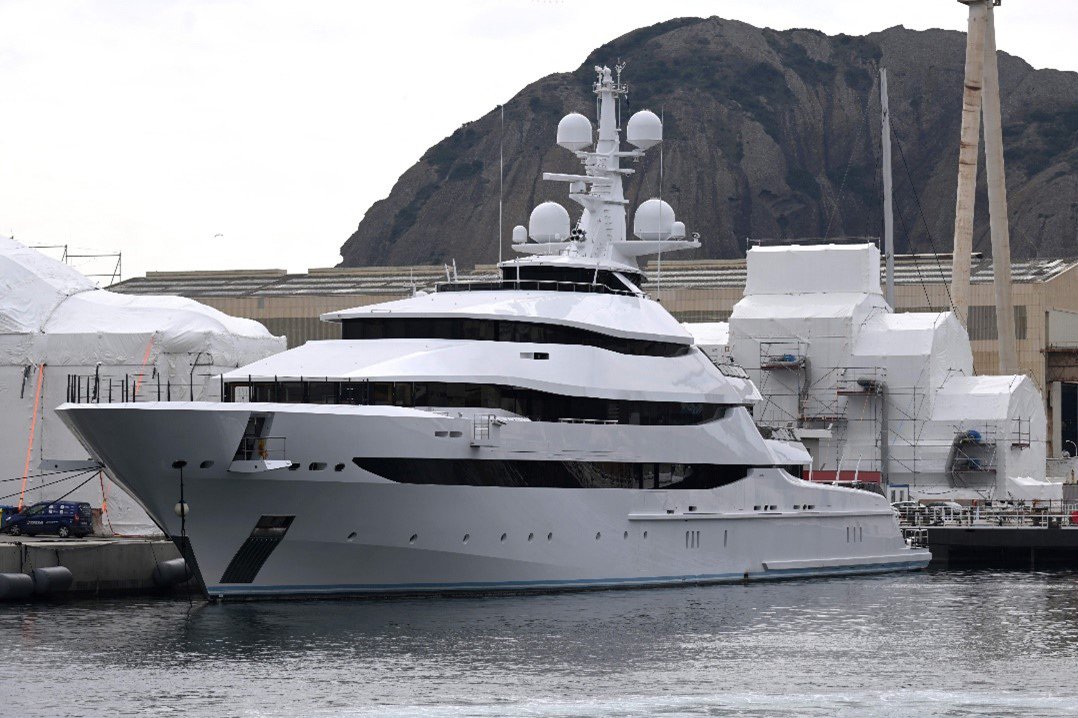
Building highways in Amazonia unleashes a sequence of events that are outside of the control of the government, despite political discourse claiming that the future would follow a “governance scenario.” This is evident in the case of BR-319, where discourse is belied by the ongoing invasion of land grabbers, squatters and illegal loggers on the ground (see here and here). Opening the vast “Trans-Purus” region to the west of the Purus River by AM-366 threatens the forest block that is most critical to both maintaining forest and soil stocks carbon that would have disastrous consequences for global warming if released (see here, here and here) and to maintain Amazonia’s water-cycling function that is critical to supplying water vapor to the winds known as “flying rivers” that supply rainfall to southeastern Brazil, including the city of São Paulo (see: here, here, here, here and here). Changes in ocean water temperatures linked to global warming have initiated a new level of drought risk in this part of Brazil (and in neighboring countries), as experienced in 2014 and 2021, making maintenance of the Trans-Purus forests and their water supply via the flying rivers even more critical to the national interests of Brazil (see here and here).
This text is translated and expanded from the author’s column on the Amazônia Real website.
Header image: NASA image of the deforestation frontier in Jaru, Brazil






